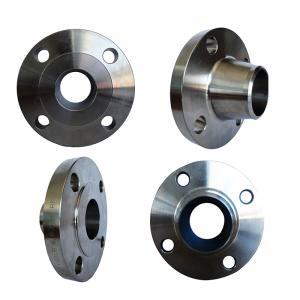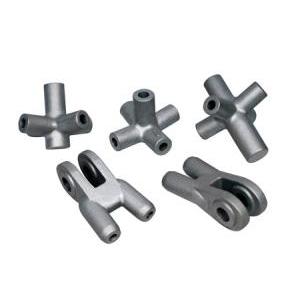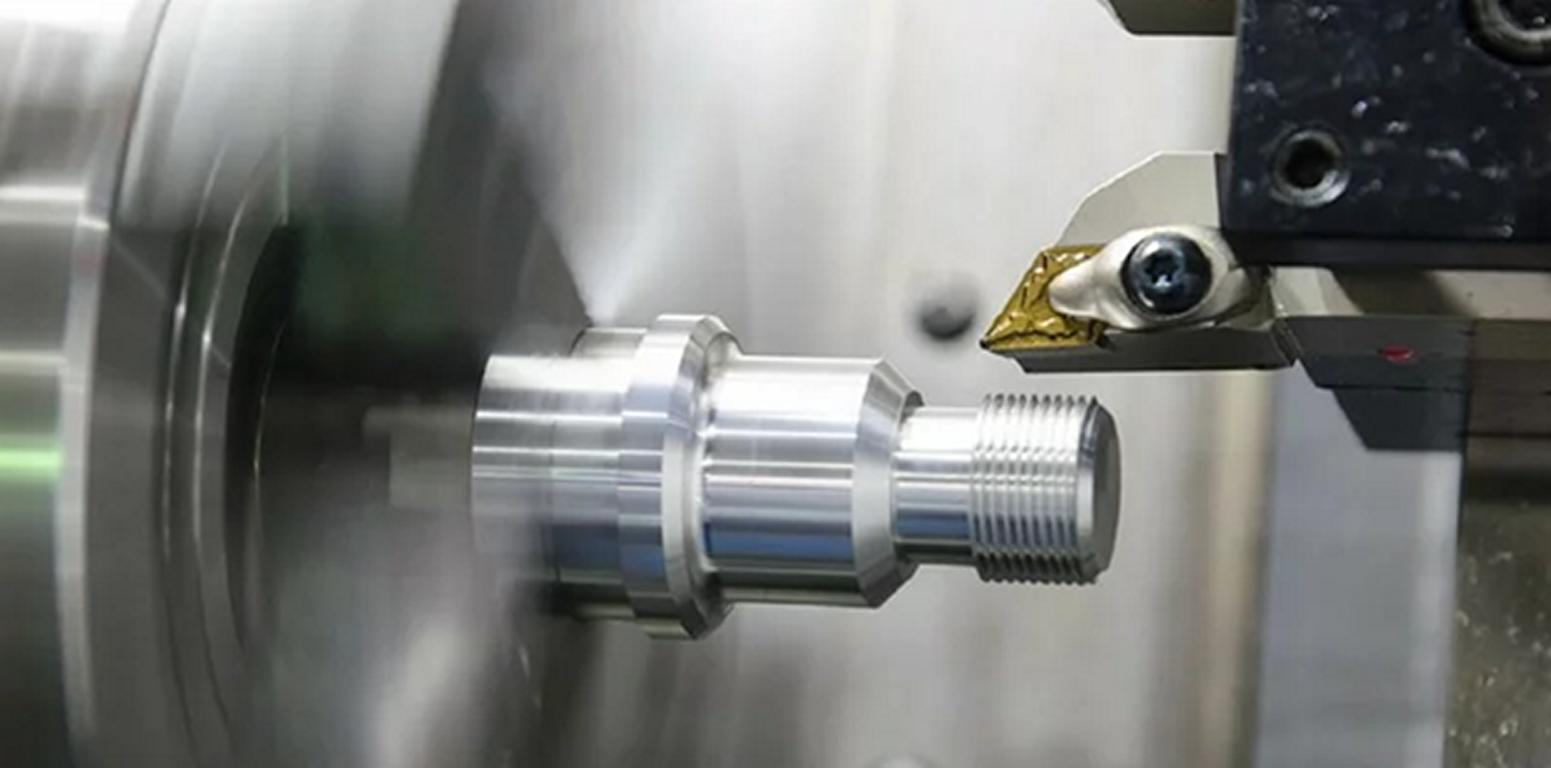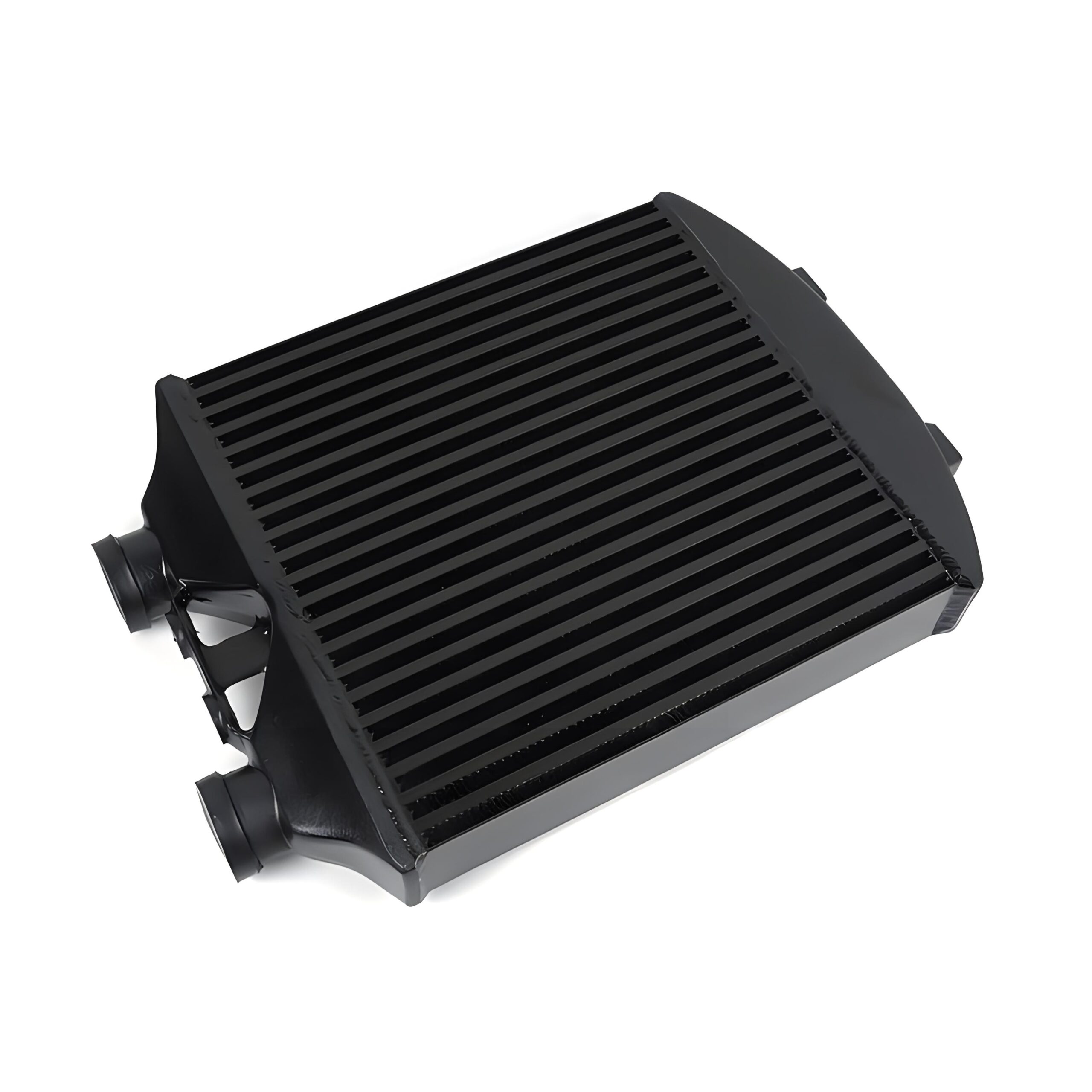
There is a wide range of metals that contain iron as their main component and are considered ferrous metals. Some popular examples include:
1. Stainless Steel
Stainless steel is an alloy that crucially includes chromium (over 10.5% by mass) along with iron and carbon. It is renowned for its corrosion resistance, which is due to the chromium forming a passive layer of chromium oxide. This layer blocks oxygen diffusion to the steel surface and thus prevents corrosion. Stainless steel is used extensively in cookware, cutlery, surgical instruments, major appliances, and as construction material in large buildings. It can be classified into different types based on its crystalline structure, including austenitic, ferritic, and martensitic, each offering unique properties for various applications. One drawback is that stainless steel is generally quite expensive due to the higher cost of the alloying constituents that create its corrosion-resistance properties. The cost will depend on the type and the quality.
2. Cast Iron
Cast iron is a group of iron-carbon alloys with a carbon content greater than 2%. It is known for its excellent castability owing to the presence of silicon, which helps control the structure of the alloy. Despite its hardness and strength, it is relatively brittle. Cast iron is typically used in the manufacturing of: heavy-duty cookware, machine tools, automotive and machine components, and pipes. It offers good wear resistance and has a relatively low melting point, making it ideal for casting.
3. Wrought Iron
Wrought iron is almost pure iron with about 1–2% slag that is fibrous, which gives it a “grain” resembling wood, visible when it is etched or bent to the point of failure. Wrought iron is known for its ductility, malleability, and corrosion resistance. Its ideal uses are ornamental ironwork used in: gates, fences, and railings. Historically, it was also used in: construction, tools, and maritime hardware.
4. Carbon Steel
Carbon steel is an alloy of iron and carbon, with up to 2.1% carbon by weight. This type of steel can further be classified based on the carbon content: low-, medium-, and high-carbon steels. Each has varying degrees of hardness, malleability, and toughness. Low-carbon steel is particularly known for its ductility and toughness and is commonly used in: car bodies, appliances, and wire. Medium and high-carbon steels are harder and stronger but less ductile and are often used in: cutting tools, springs, and high-strength wires.
5. Alloy Steel
Alloy steel is made by adding various elements such as: manganese, silicon, nickel, and chromium to carbon steel. This improves its mechanical properties such as: strength, hardness, wear resistance, and toughness. Different types of alloy steels are designed for different uses, including in the automotive industry for parts like gears and axles, in energy sectors like wind turbines, and in machinery that requires high durability.
6. Tool Steel
Tool steel is a type of carbon and alloy steel that is well-suited to tool making. This is because of its hardness, resistance to deformation and abrasion, and ability to maintain a sharp edge under high temperatures. As a result, it is used in the manufacturing of tool bits and cutting tools like: drills and gear cutters, dies, and molds. It often contains tungsten, molybdenum, cobalt, and vanadium in varying quantities to increase its heat resistance and durability.
7. Carbon Tool Steel
Carbon tool steel is typically high in carbon content — usually around 0.6% to 1.5% — and is very hard and abrasion-resistant, making it effective for tooling applications. It is used to manufacture tools that do not require the high level of hardness and resistance to heat that alloy tool steels provide. Common applications include hand tools, such as chisels and hammers, as well as industrial cutting blades in which heat-treated sharp edges are crucial.





